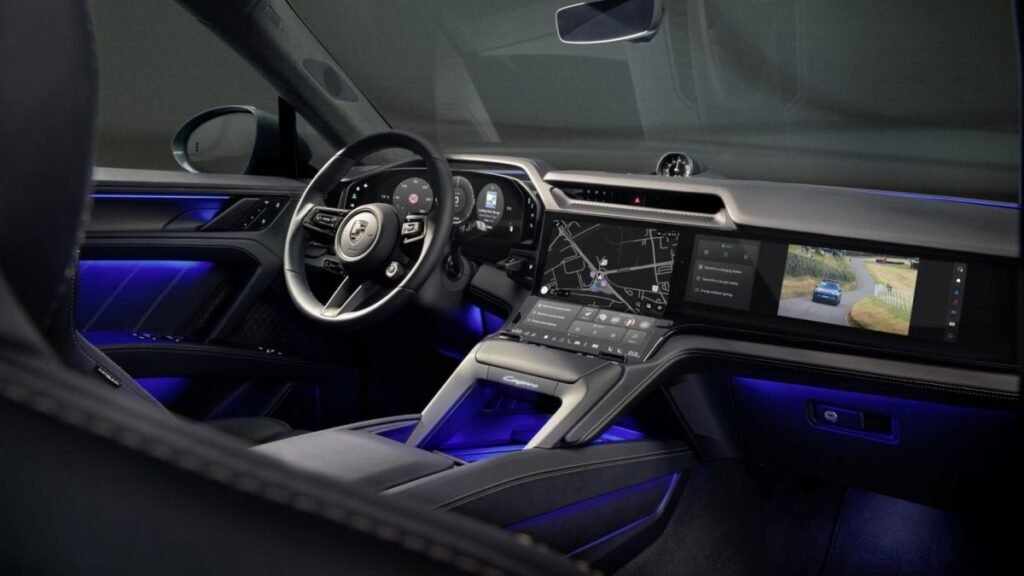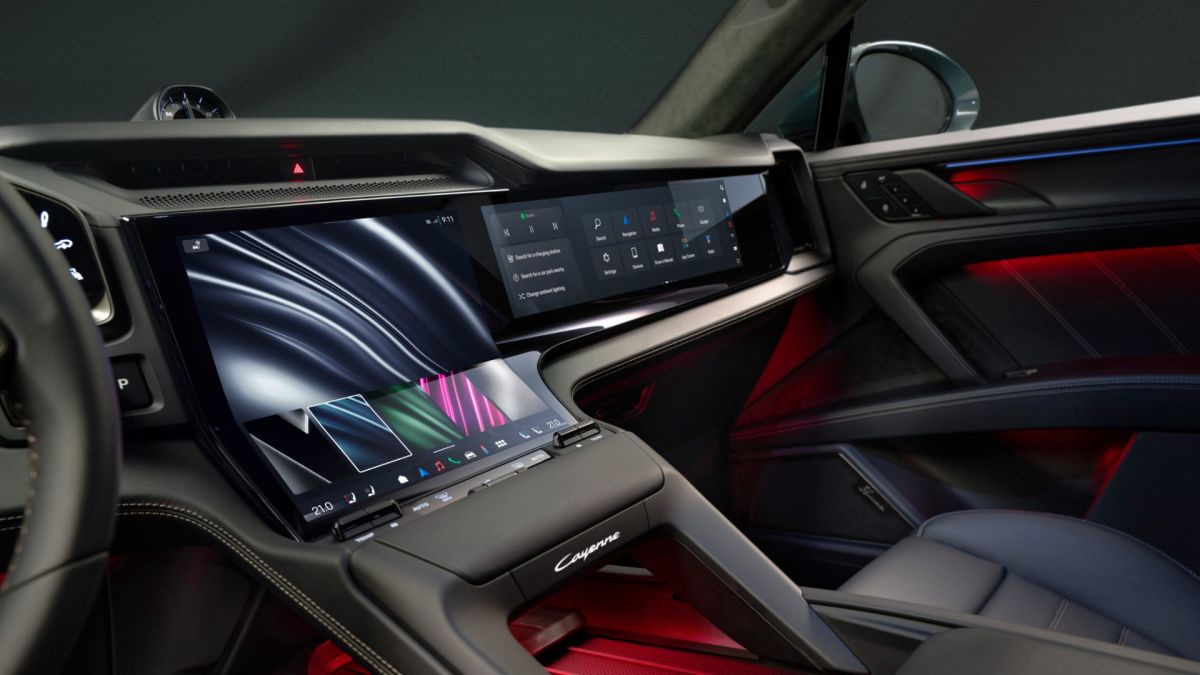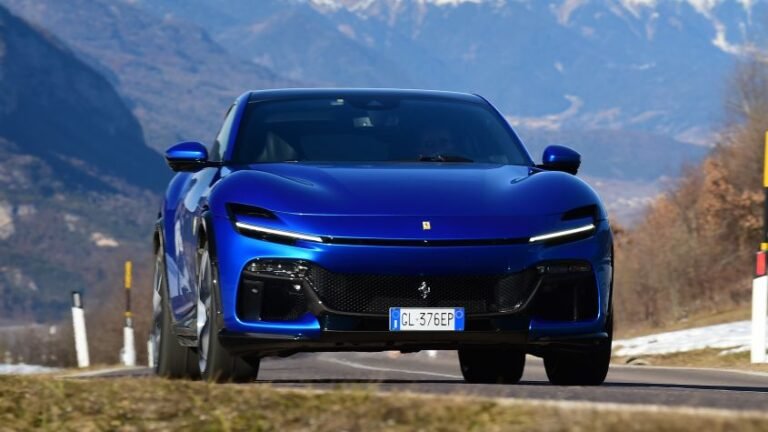
For Porsche, certain physical controls in the company’s interiors are now taboo. These won’t be removed, say company executives, after the brand initially did so in its Taycan EV. The Taycan made more extensive use of haptics and touch controls than previous Porsche models, and eschewed the brand’s button-heavy interiors from products like the 911 and Macan. Porsche isn’t the first company to learn this lesson, with consumers projecting a strong preference for certain physical controls.
The Cayenne Electric Keeps Some Physical Controls
Porsche
Speaking to The Drive, Porsche Cayenne electronics manager, Dirk Assfalg, says Porsche models will “always” have a minimum number of buttons and knobs, like ones for volume control. In the Cayenne Electric, Porsche fits physical controls for the EV’s fan speed, cabin temperature adjustment, and a volume roller below the car’s huge curved 14.25-inch OLED touchscreen. “We know from our customers, also coming from China, that there’s always a strong wish of having these buttons still in the car,” Assfalg said.
The reason, Assfalg says, is down to customer feedback. Buyers across market segments want physical controls. Volkswagen learned this the hard way when it removed almost all physical controls from its eighth-generation Golf. The automaker later reintroduced the controls, this time via hard buttons, into a facelifted version of the hatchback after criticism from buyers and media alike.
Porsche Buyers Want Buttons, But Brands Want To Cut Costs
Porsche
“We have physical buttons for the things we want to know, or we want to have some physical feedback,” says Assfalg. Porsche retained physical controls on the Cayenne’s wheel, another place where other automakers have moved to eliminate buttons. Largely, these decisions are rooted not in design but in cost-cutting. By moving controls into screens or implementing haptic buttons, automakers can manufacture fewer parts, reducing production costs.
However, this can come at the cost of consumer experience when done poorly. For instance, VW owners would frequently activate the car’s heated steering wheel when driving due to the touch-sensitive haptics on the wheel. The same can’t be done unintentionally with a real button. Even Porsche is at least in part tempted to remove some physical controls. When pushed on whether or not Porsche wheels would always have physical buttons, Assfalg said that “always is a very strong word.”
